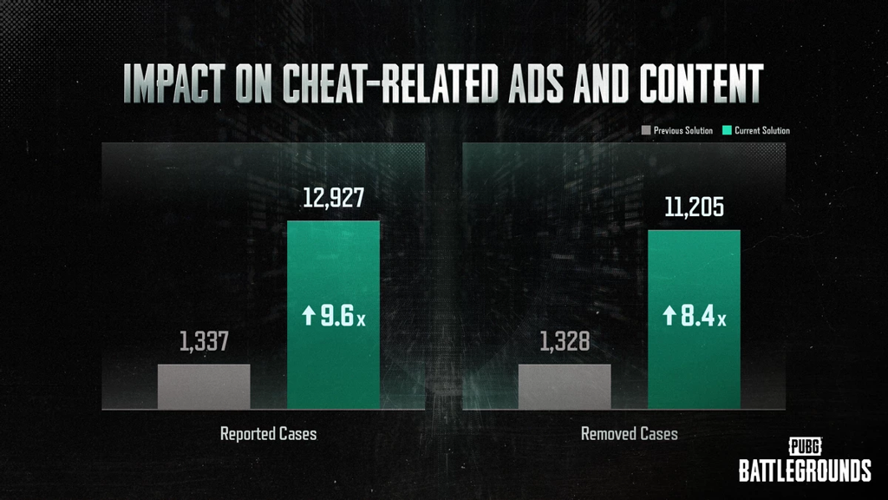The conoscope lens is an essential tool in optical metrology, display testing, and birefringence analysis. Known for providing detailed angular measurements, it helps industries evaluate optical performance with precision. However, despite its importance, the conoscope lens comes with its own set of limitations that users in research, manufacturing, and quality control must address.
In this article, I will explain the major problems linked with conoscope lens applications, including alignment complexity, cost issues, sensitivity to environmental conditions, and maintenance challenges. Understanding these factors is vital for organizations relying on precision optics.
Alignment and Calibration Difficulties
One of the most common issues with conoscope lenses is the difficulty in achieving perfect alignment. Even slight misplacement can cause:
-
Inaccurate measurement of viewing angles
-
Distorted birefringence patterns
-
Reduced testing reliability
This problem is especially critical in display testing, where manufacturers need highly accurate angular data. Achieving proper calibration often requires additional equipment and skilled technicians, raising costs and complexity.
Sensitivity to Environmental Factors
Conoscope lenses are highly sensitive to dust, vibration, and temperature variations. Because they rely on capturing light with precision, even small environmental changes can disrupt results.
For labs and production facilities without controlled environments, this sensitivity creates ongoing performance challenges. Protective casings and controlled rooms help, but they increase operational expenses.
High Cost of Implementation
The advanced optical design and precision manufacturing behind conoscope lenses make them expensive. Costs rise further when additional calibration tools, mounting systems, or custom configurations are required.
-
Research labs may face budget constraints.
-
Mass-production facilities struggle with scaling costs.
-
Repairs and replacements add long-term expenses.
For smaller businesses, these factors make widespread adoption more difficult.
Maintenance and Handling Issues
A conoscope lens requires careful handling. The optical surfaces are vulnerable to scratches, dust buildup, and coating damage. Improper cleaning can lead to permanent flaws, lowering measurement accuracy.
Regular maintenance is needed, but this adds downtime and operational costs. For production lines requiring continuous testing, even short interruptions can affect productivity.
Competition from Alternative Technologies
While conoscope lenses offer unique advantages, alternative tools like Fourier optics systems, imaging polarimeters, and advanced interferometers are being developed. These can sometimes provide:
-
Faster results
-
Lower cost per measurement
-
Higher resilience in industrial settings
This competition pressures manufacturers to justify the use of conoscope lenses in comparison with other optical analysis methods.
Industry Outlook
Despite challenges, the conoscope lens remains indispensable in applications requiring angular light analysis. Research continues to improve durability, reduce cost, and enhance alignment systems. For now, industries must carefully balance accuracy with operational efficiency when adopting these lenses.
If your organization requires specialized optical solutions, you can explore professional-grade conoscope lens options designed for high-precision testing and measurement.
Conclusion
The conoscope lens is a powerful optical tool, but it comes with several challenges. Alignment difficulties, environmental sensitivity, high costs, and maintenance needs make its use complex in real-world conditions.
By recognizing these issues, businesses can plan for better calibration, protective environments, and long-term care. While alternatives exist, the conoscope lens remains vital for applications where angular precision and birefringence analysis cannot be compromised. Its future will depend on innovations that reduce cost and improve resilience, ensuring it continues to serve as a cornerstone in optical measurement systems.



